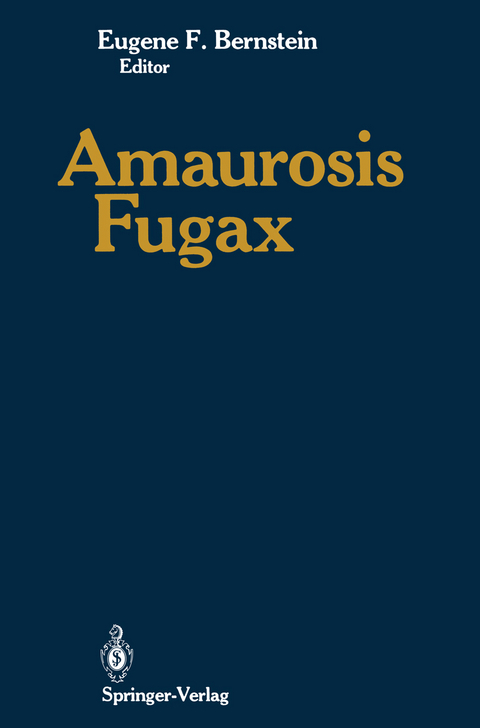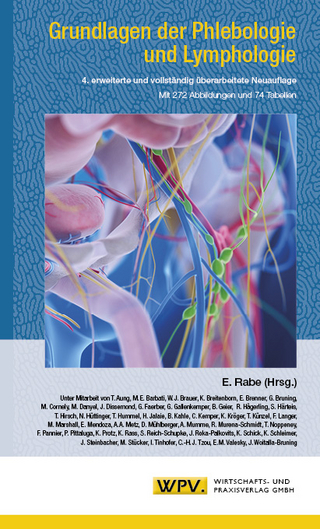
Amaurosis Fugax
Springer-Verlag New York Inc.
978-1-4612-8345-4 (ISBN)
Amaurosis fugax, or "fleeting blindness," has been known as a clinical entity for hundreds of years (1). Since 1859, we also have understood that the phenomenon frequently is related to atheroembolic disease and that it is considered a classic manifestation of ocular transient ischemic attacks and a potential precursor to stroke. However, many questions about this syndrome have remained unanswered until quite recently, when a great deal of new information and thought has been directed to the subject. Transient monocular blindness (TMB) is only one manifestation of a complicated syndrome of ocular, systemic, and cerebral diseases that may include some degree of monocular blindness. The duration of blindness varies from very brief (seconds) to complete and permanent. The per manent type is referred to as ocular infarction or ocular stroke. Retinal infarction is the most severe degree of monocular blindness and usually is due to embolic occlusion of the central retinal artery or one of its branches. Varying types of arterial emboli have been described, including thrombus, cholesterol, platelets, and fibrin.
Background.- 1 Arterial Anatomy of the Eye.- 2 Clinical Presentation and Differential Diagnosis of Amaurosis Fugax.- 3 Neurologic Mechanisms of Visual Loss.- Pathophysiology.- 4 Angiography of Retinal and Choroid Vascular Disease.- 5 Visual Aspects of Extracranial Carotid Artery Disease.- 6 Occlusion of the Central Retinal Artery.- 7 Retinal Cholesterol Emboli and Retinal Stroke.- 8 Acute Ischemia of the Optic Nerve.- 9 Risk of Cerebrovascular Disease in Patients with Anterior Ischemic Optic Neuropathy.- 10 Chronic Ocular Ischemia and Carotid Vascular Disease.- 11 The Controversy of Venous Stasis Retinopathy.- 12 Role of Vascular Spasm and Ocular Migraine.- 13 Nonembolic Sources of Amaurosis Fugax.- Natural History.- 14 Natural History of Amaurosis Fugax.- Workup.- 15 Noninvasive Vascular Examination in Amaurosis Fugax.- 16 Data from CT Scans: The Significance of Silent Cerebral Infarction and Atrophy.- 17 Angiography in Amaurosis Fugax.- Therapy.- 18 Aspirin Trials in the United States.- 19 Antithrombotic Therapy in Patients with Transient Ischemic Attacks or Amaurosis Fugax.- 20 The Safety of Carotid Endarterectomy for Amaurosis Fugax.- 21 Long-Term Results of Surgical Therapy for Amaurosis Fugax.- Summary.- 22 Amaurosis Fugax: A Consensus Statement.
| Zusatzinfo | XVII, 310 p. |
|---|---|
| Verlagsort | New York, NY |
| Sprache | englisch |
| Maße | 155 x 235 mm |
| Themenwelt | Medizin / Pharmazie ► Medizinische Fachgebiete ► Augenheilkunde |
| Medizinische Fachgebiete ► Chirurgie ► Herz- / Thorax- / Gefäßchirurgie | |
| Medizinische Fachgebiete ► Chirurgie ► Neurochirurgie | |
| Medizin / Pharmazie ► Medizinische Fachgebiete ► Neurologie | |
| ISBN-10 | 1-4612-8345-0 / 1461283450 |
| ISBN-13 | 978-1-4612-8345-4 / 9781461283454 |
| Zustand | Neuware |
| Haben Sie eine Frage zum Produkt? |
aus dem Bereich


